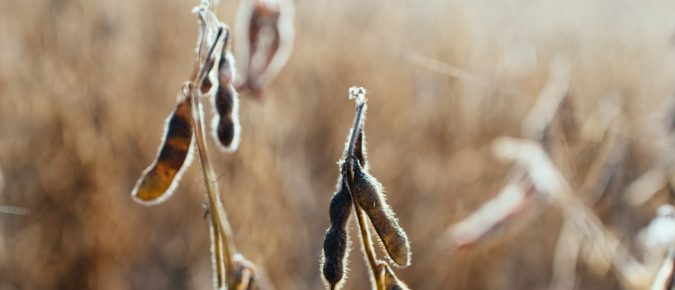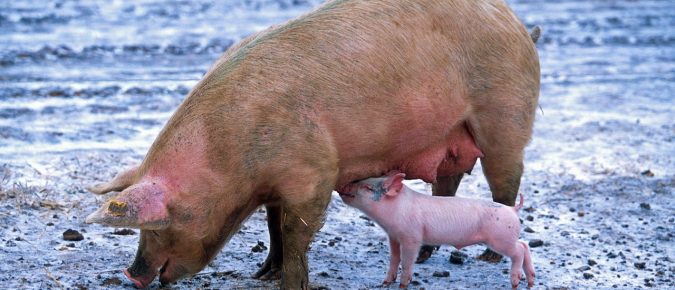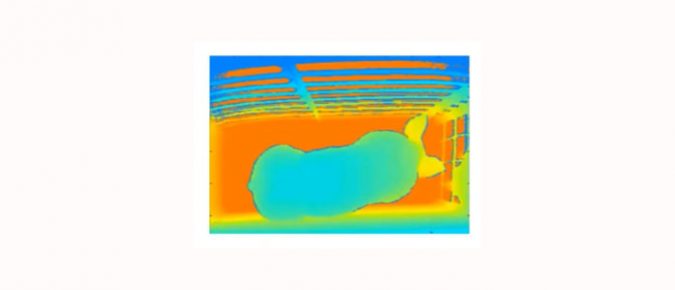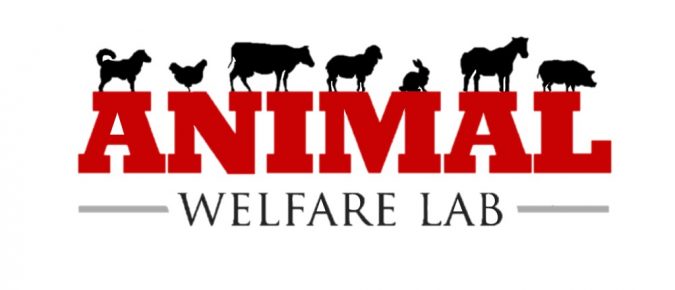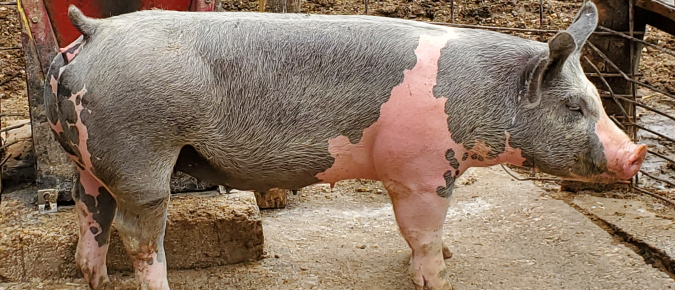Welcome to the 2021 virtual Badger Swine Symposium. The University of Wisconsin system has a strong history of swine research that continues today. Learn about several student swine research projects and a couple faculty research projects that are ongoing. Dr. Tom Crenshaw is a professor of animal science at the University of Wisconsin-Madison.
Hear about the research on the efficacy of using ammonium chloride supplements during crisis management as a strategy to limit or stop growth in various ages of pigs. Learn about the optimal ammonium chloride dosage for water or feed to limit any negative effects in the recovery phase. Discover the answer to if there is compensatory growth after ammonium chloride supplementation or if there is normal growth to know when animals will achieve market weight.
Phosphorus is an essential nutrient that is involved in multiple physiological functions. These functions include bone mineralization, energy transfer and storage, cell membrane structure maintenance, and acid-base balance. Adequate phosphorus nutrition of sows is critical for optimal growth and development of the offspring during gestation and lactation. It’s also very important for maternal health and productive performance. Despite this importance to animal function, there is limited research on this nutrient. Normally diets are formulated to provide an excess of phosphorus, but this process presents environmental concerns. So additional information on actual phosphorus requirements of the sow are important to be able to balance the diet with adequate, but not excessive phosphorus levels.
The Crenshaw Lab at UW-Madison is investigating the use of an osteochondrotic model to test different dietary interventions to learn which treatments regress these lesions in a quicker, more cost-effective manner to prevent and reduce lameness in swine. Learn how the lab is using three-dimensional imaging to shed new light on the analysis of the progression or regression of osteochondrotic lesions in pigs.
As more technology is integrated into livestock production, and farming in general, lots of data is generated. There are two main categories of data: sensor data and farmer recorded data. Learn how sensor data, such as that generated by cameras, can be utilized to make better management decisions. See how farmer recorded data can be integrated with other external data sets to create a predictive models to try to improve swine production systems.
Learn more about the first steps of research to scientifically validate the temporal and behind the ear placements of a captive bolt for the euthanasia of large sows and boars. This study determined the tissue depth, cross sectional brain area and brain damage for the frontal, temporal, and behind the ear placements for the euthanasia of swine via the penetrating captive bolt on sow and boar cadaver heads.
Piglets are born without enough iron reserves at birth and sow milk is low in iron. If no intervention is implemented, piglets can be susceptible to anemia. Common swine industry practice is to supplement piglet iron reserves with an iron injection shortly after birth. Learn if additional iron supplementation resulted in increased weight gains or hematocrit levels and find out about future research related to this work.
Dr. Young Dal Jang, assistant professor in Department of Animal and Food Science at UW-River Falls, presented this topic at the 2020 Badger Swine Symposium. https://youtu.be/B6BSkCt-4jM
Karly Anderson, master’s student in the Department of Animal and Dairy Sciences at the University of Wisconsin-Madison and animal welfare lab coordinator at the University of Wisconsin-River Falls, presented this topic at the 2020 Badger Swine Symposium. https://youtu.be/g5vTXZOtB08
Paige Isensee, Veterinary Medicine at the University of Missouri student, presented this topic at the 2020 Badger Swine Symposium. https://youtu.be/jRncct2E3Tc


